The Environmental Benefits of RetroFoam Insulation
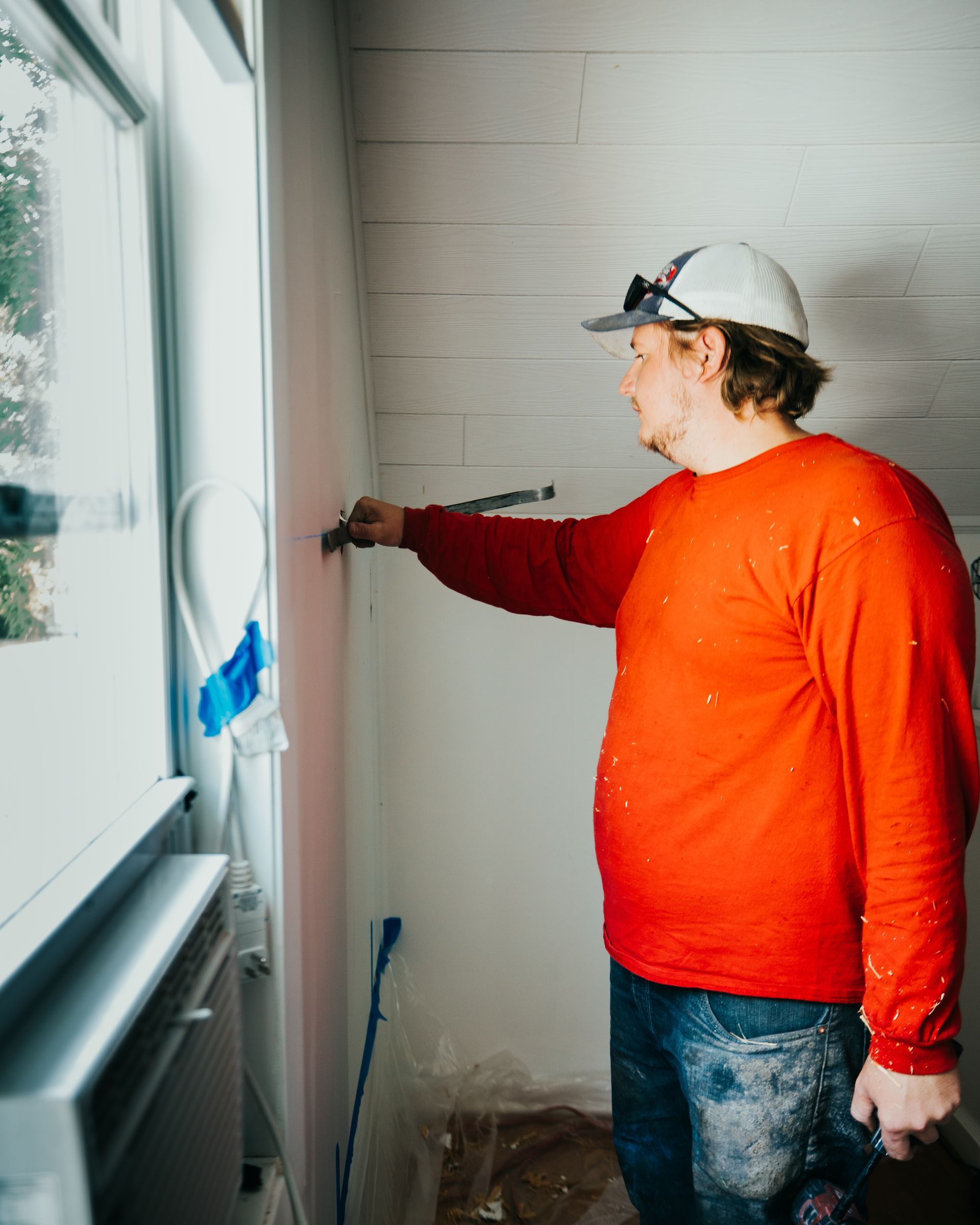
When homeowners consider insulation for their space, RetroFoam often stands out as an environmentally friendly choice. By reducing energy consumption, this foam insulation significantly lowers monthly utility bills. Installing RetroFoam in walls enhances thermal efficiency and improves indoor air quality. As an eco-conscious option, RetroFoam helps build a greener home. This article will guide you through how RetroFoam can play a key role in your journey to a more sustainable and comfortable living space.
Key Takeaways
- RetroFoam Insulation Increases a Home’s Warmth and Energy Efficiency
- It Significantly Reduces Heat Loss and Energy Consumption
- RetroFoam Offers Soundproofing and Cleaner Indoor Air Quality
- The Insulation Lowers Greenhouse Gas Emissions From Reduced Heating and Cooling
- It Aligns With Green Building Practices and Certifications
Reducing Energy Consumption With RetroFoam Insulation

As the winter chill sets in across northern Wisconsin, homeowners look for ways to keep warm without high energy bills. RetroFoam insulation is a key player in this quest, enveloping your property in protective foam. This high-performance product fills wall gaps, blocking drafts and reducing the need for constant heating. Acting as a thermal blanket, RetroFoam maintains comfort in winter and coolness in summer, lowering reliance on air conditioning. This eco-friendly investment reduces the carbon footprint and enhances indoor comfort year-round.
How RetroFoam Keeps Your Home Warmer in Winter
RetroFoam is an exceptional insulator that transforms homes into warm havens by being applied to walls. The foam swells to fill nooks and crannies that traditionally allow heat to escape, holding warmth like a gentle embrace. This focus on reducing heat loss is a matter of pride for homeowners and a significant step in addressing environmental issues linked to energy consumption.
Cool and Comfortable Summers: RetroFoam’s Role
As the summer temperatures rise, RetroFoam helps transform homes into comfortable havens by providing insulation and creating an effective air barrier. This helps keep hot air from entering through walls. Homeowners benefit from staying cool without needing to rely on energy-consuming cooling systems. RetroFoam plays a key role in creating energy-efficient and comfortable living spaces.
Lower Utility Bills, Higher Energy Efficiency
RetroFoam insulation not only keeps your home warm but also helps to dampen noise, making your home a quieter and more peaceful place. Compared to traditional fiberglass insulation, it also reduces dust and improves the air quality in your home. These benefits lead to lower utility bills and increased energy efficiency for your home.
Promoting Healthier Indoor Air Quality

RetroFoam insulation goes beyond thermal insulation by improving indoor air quality and blocking common pollutants. Unlike cellulose or fiberglass, which can sag or leak over time, RetroFoam maintains a strong barrier against airborne contaminants. It minimizes moisture intrusion, reducing the risk of mold growth behind drywall. By keeping the indoor environment drier and cleaner, RetroFoam helps reduce allergy triggers, benefiting those with indoor allergens. This foam insulation provides energy savings, comfort, and better indoor air quality.
RetroFoam’s Contribution to Reducing Pollutants
RetroFoam insulation significantly reduces the infiltration of outdoor pollutants, ensuring walls contribute to a cleaner, healthier indoor environment. By creating a seal around the house, this foam insulation blocks contaminants drawn in during heating cycles, enhancing wall integrity and safeguarding indoor air quality. Additionally, RetroFoam optimizes energy use by improving heating efficiency, making it a valuable ally in home improvement for energy conservation and air quality.
Combatting Moisture and Mold Growth
RetroFoam insulation effectively prevents condensation, which helps reduce the conditions that promote mold and mildew growth within home structures. While RetroFoam is not impermeable—it behaves more like a sponge—it does not create an environment conducive to mold growth. However, if there are pre-existing conditions in the walls, mold can still grow. RetroFoam also contributes to healthier indoor air quality by adhering to environmental protection guidelines and aligning with best practices in environmental protection.
Allergy Relief Through Improved Air Quality
For individuals with sensitivities, RetroFoam insulation acts as more than just a thermal barrier; it is an ally against household allergens. The foam’s ability to retain heat effectively minimizes energy consumption, leading to cost savings. Additionally, blocking outdoor allergens eases respiratory discomfort, providing relief for allergy sufferers and promoting a healthier home environment.
Eco-Friendly Attributes of RetroFoam Insulation

RetroFoam insulation stands out for its energy efficiency and eco-friendly characteristics. This advanced insulation polymer ensures minimal environmental impact throughout its lifespan. Its production processes reduce pollution, making it a sustainable choice. Additionally, RetroFoam’s resistance to pests and metal corrosion enhances its long-term sustainability. This makes RetroFoam an exemplary choice for homeowners looking to balance comfort, efficiency, and environmental responsibility.
The Biodegradable Nature of RetroFoam
Attics across northern Wisconsin are finding a friend in RetroFoam, with its unique resin composition that ensures minimal environmental impact throughout its lifespan. The product’s cellular structure allows it to cope with varying levels of humidity, ensuring longevity and performance. RetroFoam’s sustainable design makes it an exemplary choice for homeowners looking to balance comfort, efficiency, and environmental responsibility.
Minimizing Environmental Impact During Production
In the construction sphere, the attention to detail taken to produce RetroFoam insulation represents an environmentally attentive approach. The specialized processes employed reduce high emissions and waste, opting for eco-conscious adhesives and materials that guard against problems like mildew and enhance the product’s resistance to fire. Every step is calibrated to align with rigorous climate action standards, ensuring that the building blocks of greener homes are themselves sustainably crafted. RetroFoam is not available to the general public but is exclusively installed by authorized dealers like Mammoth Home Renovations.
Longevity and Sustainability: A Winning Combination
RetroFoam’s durability is akin to wood, making it a smart investment for a home’s resilience and eco-friendliness. Its longevity ensures insulation against temperature extremes and invasive pollen, providing a long-lasting, allergen-free sanctuary. Homeowners looking to enhance their living space with this sustainable solution can easily request a free quote, making the first step towards an energy-efficient home accessible and straightforward.
The Role of RetroFoam in Building Greener Homes

RetroFoam insulation enhances building performance and meets green building standards. It reduces energy demands, promotes sustainable living, and adheres to energy-efficient certifications. By choosing RetroFoam, homeowners reduce their ecological footprint and align with green building codes, leading to eco-conscious living.
Meeting Green Building Standards
RetroFoam insulation emerges as a strong ally for homeowners aiming to meet stringent green building standards. Adherence to such guidelines not only ensures a home’s environmental integrity but also elevates its overall performance in energy conservation. Embracing RetroFoam’s innovative insulating properties, residential structures demonstrate a tangible commitment to sustainable living, meeting the energy efficiency parameters prescribed by green building certifications.
Enhancing the Overall Environmental Performance of Buildings
RetroFoam insulation enhances the sustainability of buildings by improving their environmental performance. It reduces the energy needed for heating and cooling, easing the burden on the power grid and minimizing greenhouse gas emissions. By requiring less energy for climate control, RetroFoam contributes to the sustainability of energy resources and supports greener building practices.
RetroFoam’s Contribution to Energy-Efficient Home Certifications
RetroFoam insulation is key to securing energy-efficient home certifications. It helps homeowners achieve qualifications like Energy Star, supports compliance with LEED rating systems, and contributes to obtaining BREEAM certification benchmarks. By meeting and often surpassing these criteria, RetroFoam signals compliance with high-performance building standards.
Sound-dampening and Its Environmental Benefits
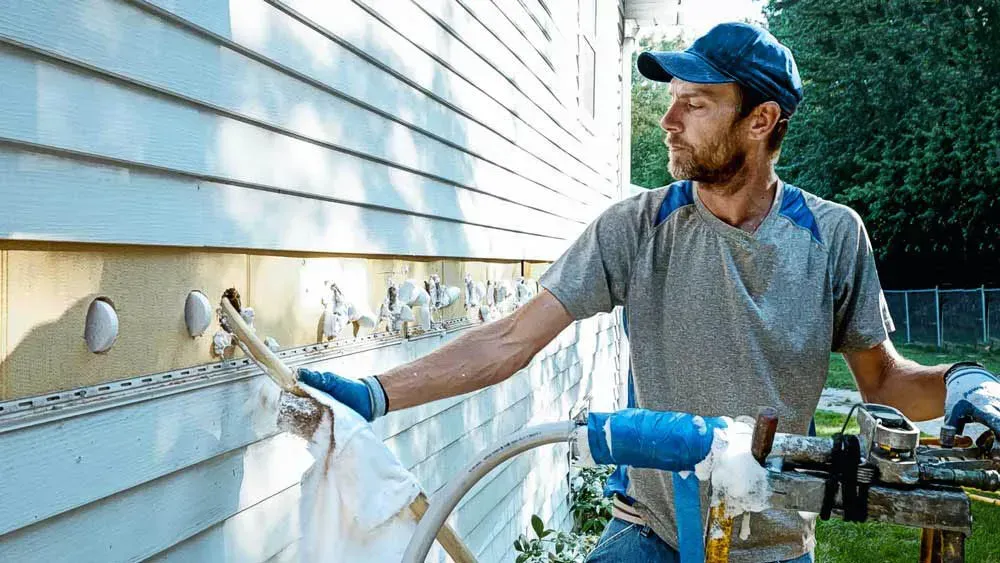
RetroFoam insulation offers environmental benefits beyond energy efficiency by serving as an effective sound-dampening solution. This reduces noise pollution, creating a tranquil living space and bridging the gap between energy conservation and acoustic comfort. As homeowners consider home improvements, understanding the connection between sound dampening and reduced energy usage highlights RetroFoam’s commitment to personal sanctuary and ecological welfare.
Noise Reduction: Contributing to a Quieter Environment
RetroFoam insulation provides a serene refuge from external clamor, effectively dampening the noise that once seeped through walls and windows. This acoustic benefit enhances the quality of life within a home and concurrently aids in decreasing the environmental impact of noise pollution. Ensuring peace and quiet, RetroFoam stands as a testament to the symbiosis of personal comfort and environmental stewardship.
The Relation Between Sound Insulation and Energy Efficiency
By insulating homes with RetroFoam, homeowners achieve a dual benefit; not only is the transmission of external noise greatly reduced, but the need for energy-intensive climate control is also diminished. A better-sealed home conserves heat in winter and stays cooler in summer, necessitating less use of heating and cooling systems, contributing to significant energy savings and environmental sustainability.
Reducing Carbon Footprint With RetroFoam
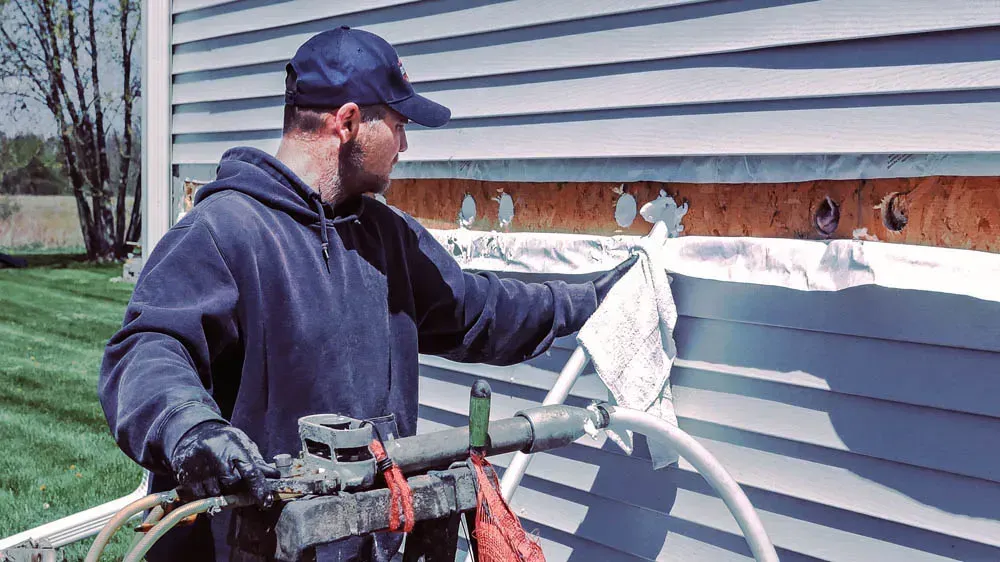
RetroFoam insulation reduces a home’s carbon footprint by providing superior thermal insulation, lowering the need for constant heating and cooling, and cutting greenhouse gas emissions. This efficient energy use benefits households and reduces overall power demand. By addressing energy waste, RetroFoam helps homeowners adopt a greener lifestyle.
How Installing RetroFoam Can Shrink Your Home’s Carbon Footprint
RetroFoam insulation significantly reduces home energy needs by enhancing thermal retention, cutting heating and cooling demands, and lowering carbon emissions. Homeowners investing in RetroFoam take proactive steps to reduce their ecological impact and support global efforts for a cleaner environment.
The Ripple Effect of Lower Energy Demand on the Environment
RetroFoam insulation reduces home energy demand, benefiting the environment. By lessening the workload on power plants, it decreases fossil fuel consumption and lowers carbon dioxide emissions. This reduction in energy use creates a positive cycle, easing the strain on natural resources and promoting a healthier planet.
Conclusion
RetroFoam insulation is critical in enhancing a home’s energy efficiency and reducing heating and cooling costs. Sealing against drafts and pollutants considerably improves indoor air quality and offers substantial relief for allergy sufferers. RetroFoam’s sustainable production practices demonstrate its minimal ecological footprint, making it a wise choice for eco-conscious homeowners. Ultimately, RetroFoam contributes to reducing a household’s carbon footprint, aligning with global efforts to promote a cleaner, healthier environment.


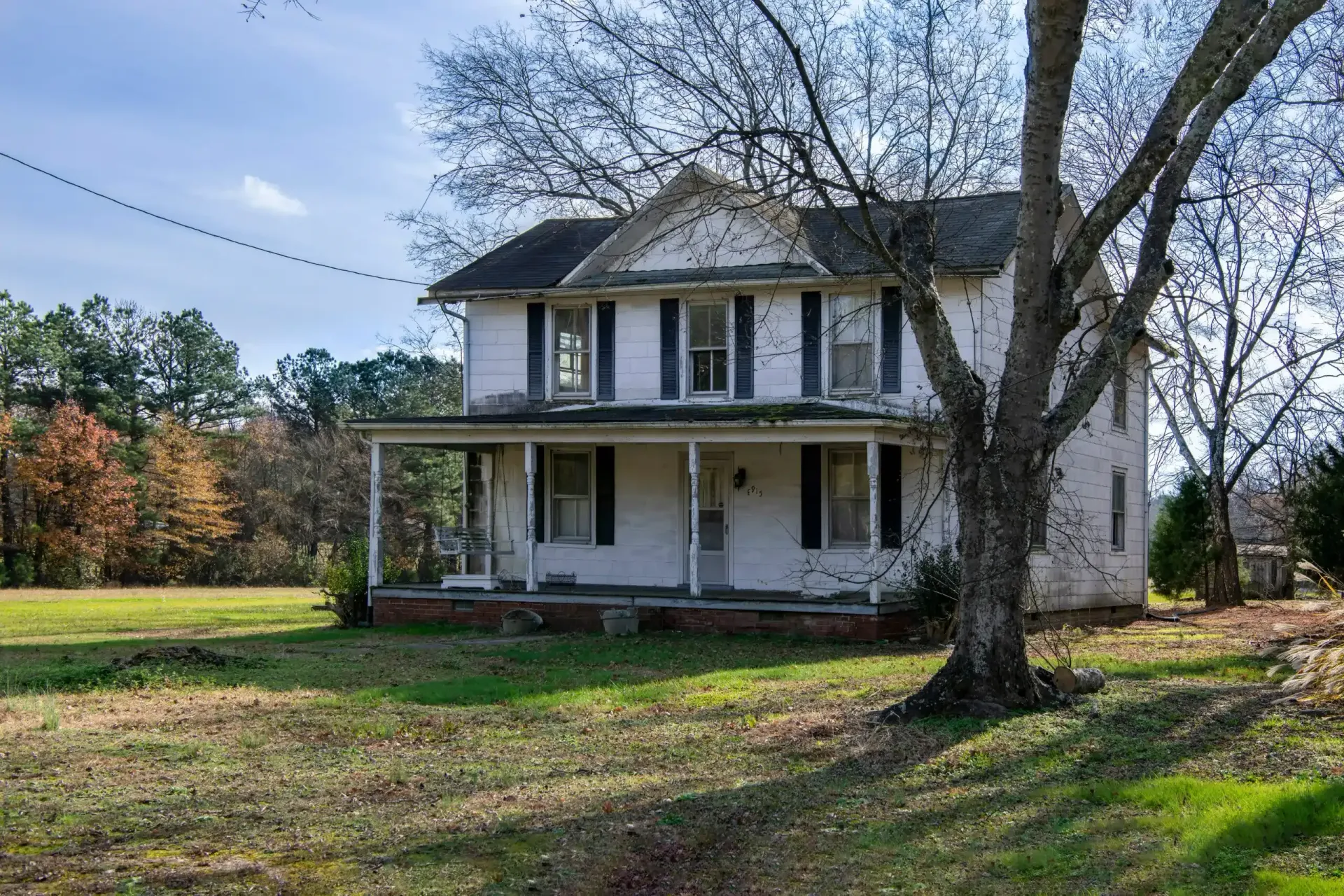
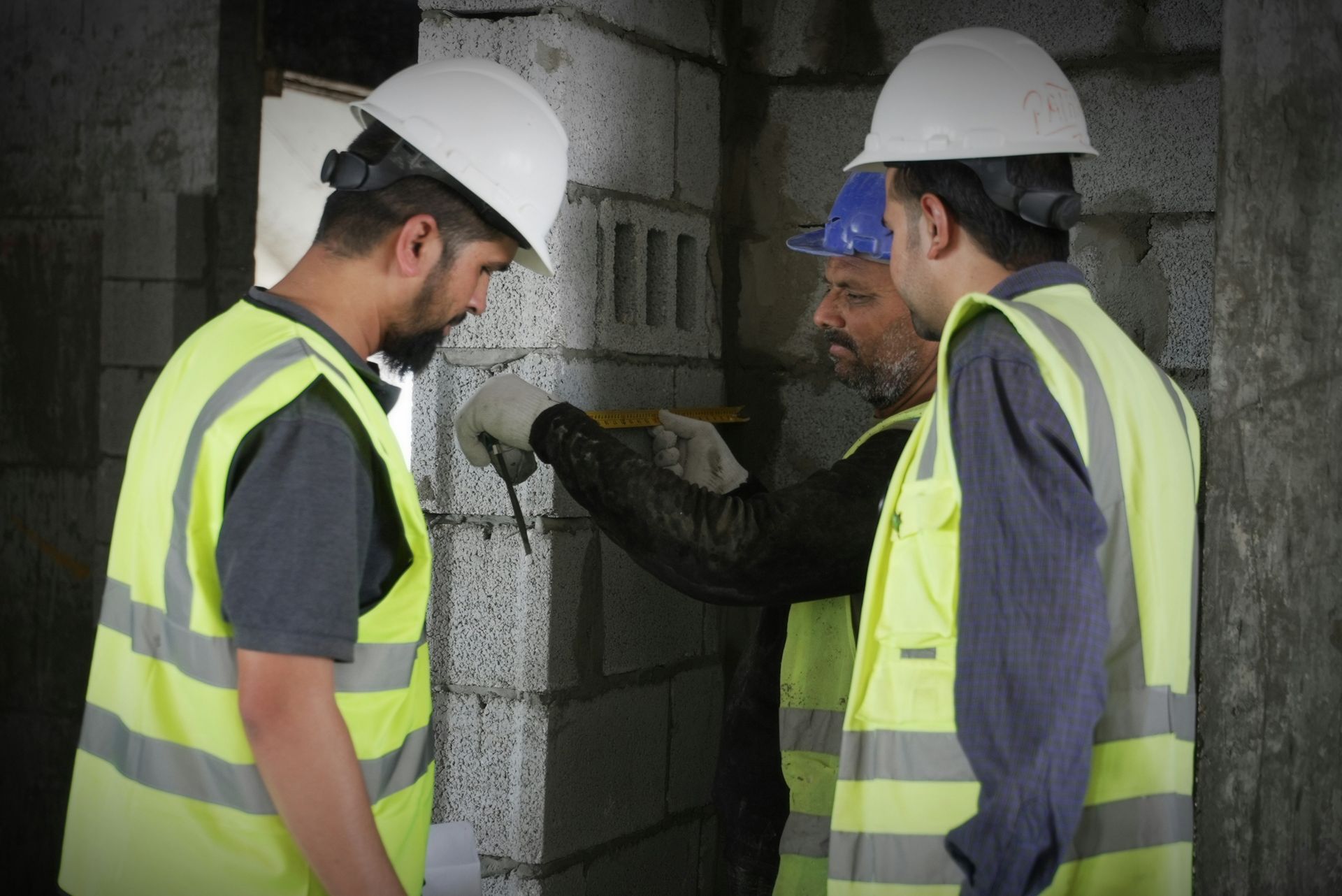
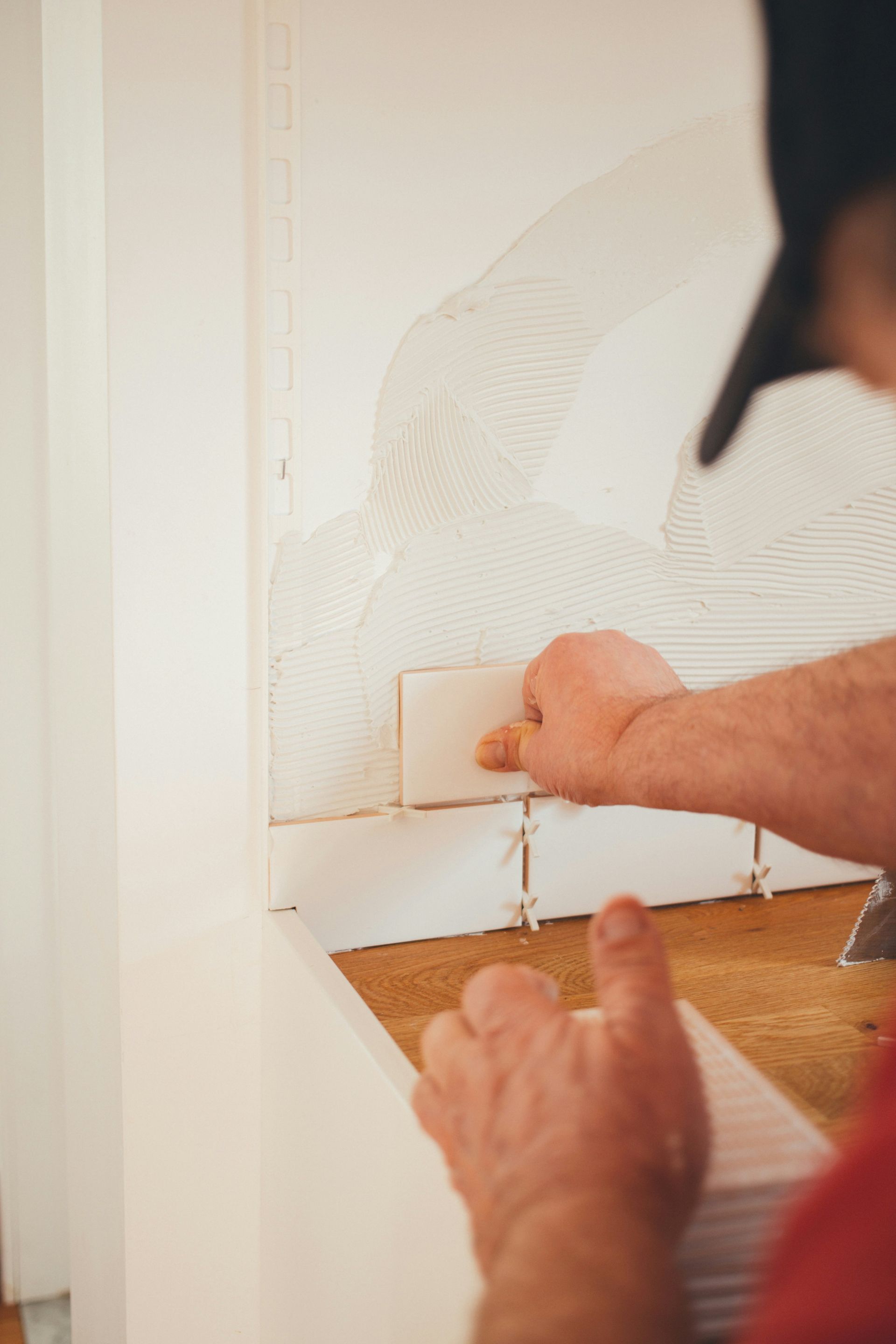

Share On: